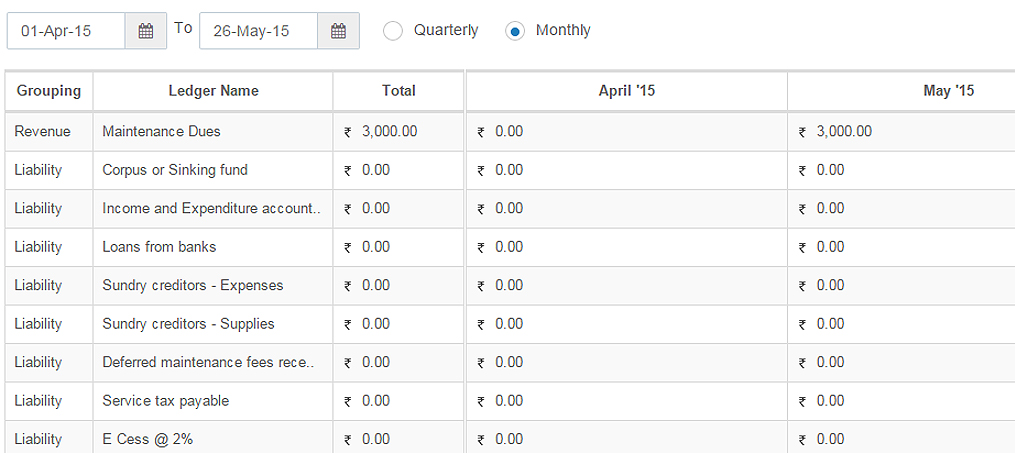Summers are a real pain in India with almost all the cities suffering from high humidity, a high discomfort index and cities like Delhi, Lucknow, Kolkata and many others even experience severe heat waves. So being prepared for the extreme temperatures is of utmost importance. But, to be honest, most of us take it quite casually and depend entirely on air conditioners. This results in temperature fluctuations and we fall sick due to it. Also, usage of A.C’s continuously means having to pay really high electricity bills etc. Thus, keeping in mind the summer woes that we face, here’s a checklist of five important things that you must take note of to help you sail through the Indian summers.
1. If the air conditioners are switched off the general idea is to keep the blinds and windows open to let the air in. Well, it’s a bad idea as the air is hot and all it does is warm your homes. In fact, its always best to close the windows and pull the blinds before noon as this would help to keep your houses much coolers. Also sprinkling some water on the floor and then switching on the fan for allowing the water to dry off would also help in the cooling process.
2. Another way of ensuring a cool home during summers is to have black windowpanes which blocks sunlight almost entirely. Choose for low solar heat gain coefficient panes. However if this sounds a little expensive then simply go for the reflective film, sunscreen-fabric curtains, or roller shades. During winters you can simply uninstall them to let the sunlight in.
3. Refrigerators are a lifeline during summers. Not only to keep food items from rotting but also for us to have cold drinks, cold water and ice cubes. So maintaining the refrigerators are quite important. Condensing coils are the ones that have the highest chances of going bad as most of us don’t really clean it well. Also, remove the base plate or top grate and clean well. Best would however be to get a servicing done just before the summers.
4. We love colors and the same is seen in our home decors and bed spreads. But during summers do use lighter linen, material wise and even color wise. Use light pastel colours or better still white which would help to give your rooms a breezy feel. In fact, if it’s really hot then simply put the linens in a plastic bag and put in the refrigerator for a little while. Then take it out and spread it just before going to bed. A great way to beat the heat.
5. Don’t forget to ensure that there’s plenty of fresh air in your homes. So allow cross ventilation and place houseplants wherever feasible. Some of the best air-cleaning houseplants are snake plants, spider plants, English ivy, and small-leafed rubber plants.
Here’s hoping these tips would help you enjoy a much cooler summer without having to spend much and the intense Indian summer would not really bog you down as such. Happy Summers!






